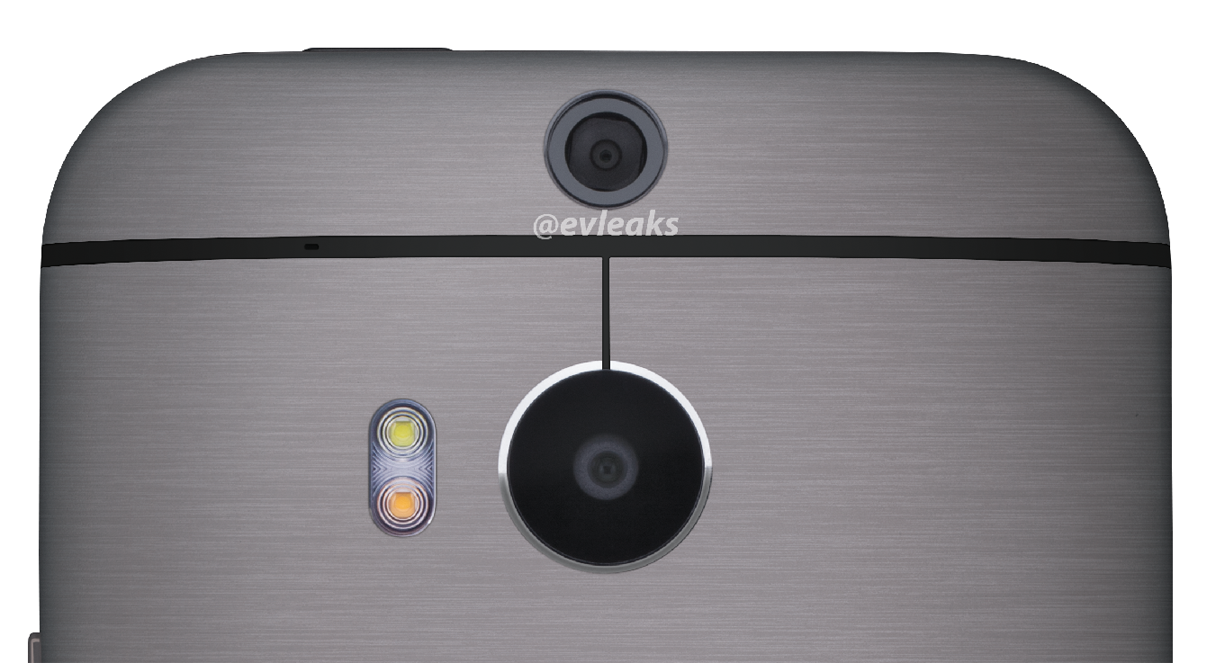Megapixels are not so important - at least not for the overall image quality. There are a plenty of other important features that make up a high quality image sensor,
which is important to keep in mind when talking about ISOCELL - the newest technology of Samsung implemented in Galaxy S5.
This new technology promises increased light sensitivity and higher color fidelity even in poor lighting conditions, and Samsung bills it as the next step in the evolution of backside-illuminated (BSI) sensors.
How does ISOCELL work?
ISOCELL is essentially an evolution of existing technologies and aims to address the problems highlighted above.
First off, ISOCELL attempts to fix the problem of crosstalk by isolating each pixel with a physical barrier, hence the “iso” part of the name. These barriers ensure that the correct photons remain trapped in their desired cells and are therefore more likely to be absorbed into the correct pixel’s photodiode.
Here’s a short video:
Compared to conventional BSI pixels, ISOCELL is expected to decrease crosstalk and increase the sensor’s full well capacity by approximately 30 percent, due to the way each color pixel is isolated. That doesn’t mean that the image quality is going to improve by 30 percent, but it will result in higher color fidelity, which will be noticed as a slight improvement to sharpness and richness.
Source:
AndroidAuthority (more details and samples)


